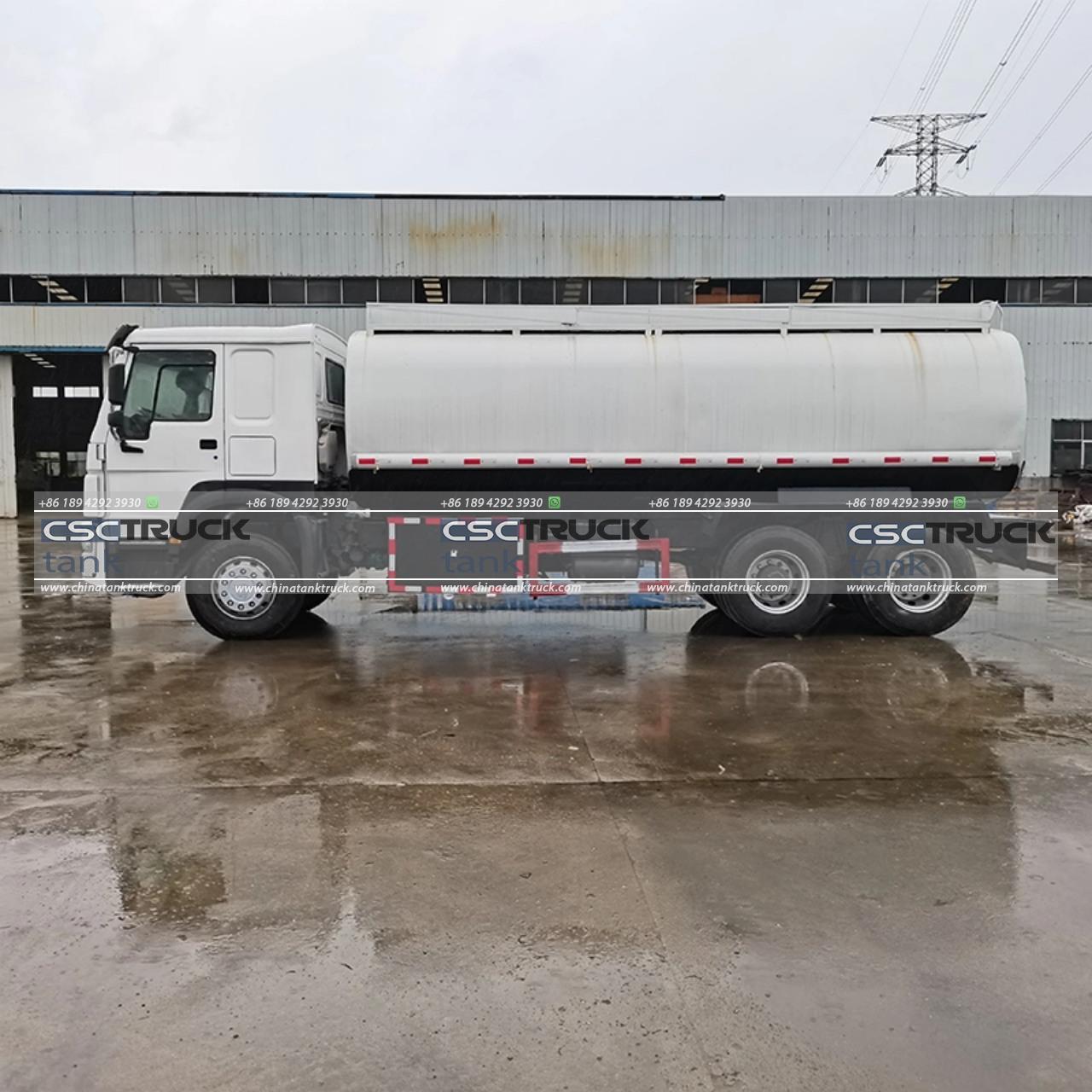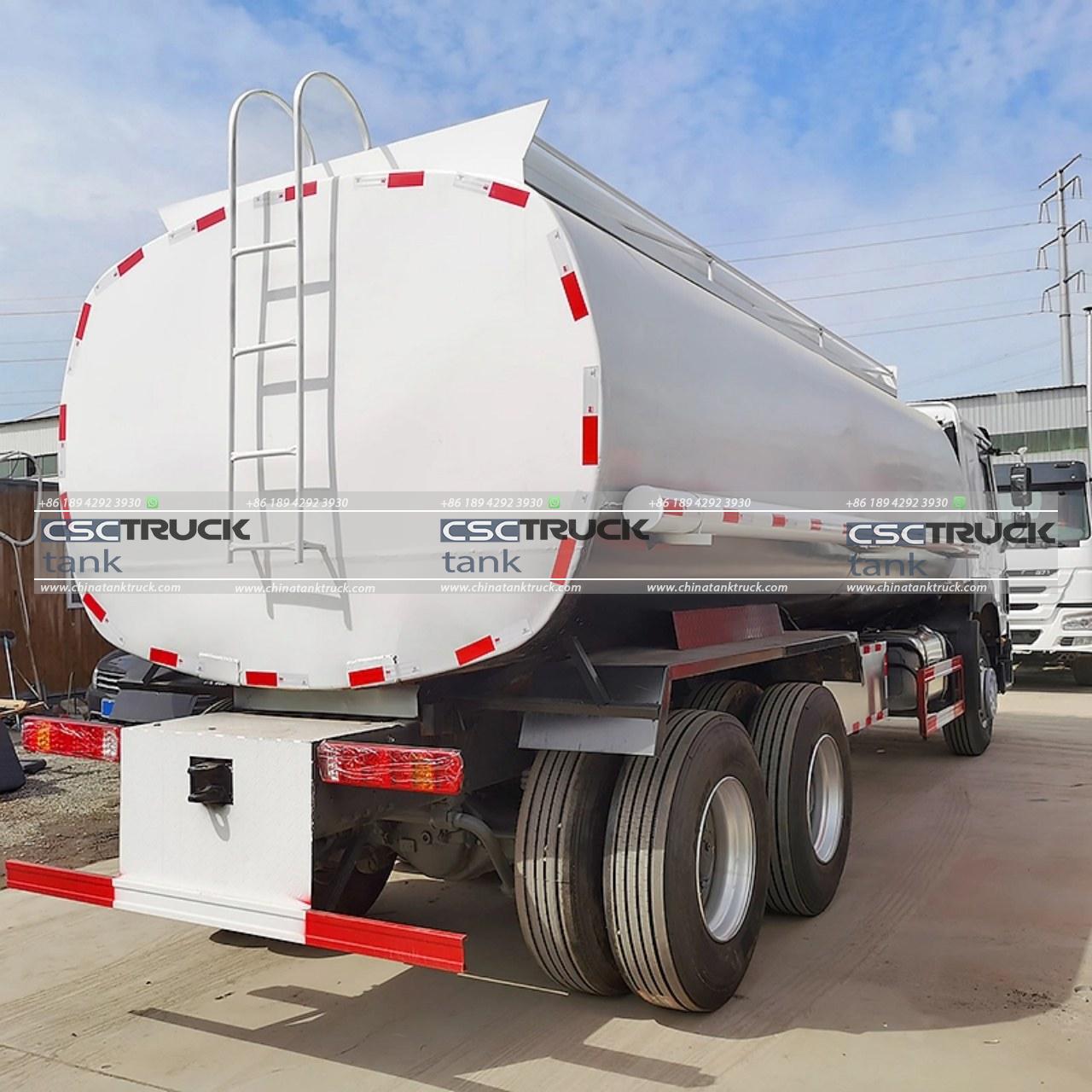Safe Corrosive Tank Trucks: Expert Handling for Hazardous Materials
In the intricate web of modern industries, the transportation of hazardous materials stands as a crucial link. Among these materials, corrosive substances pose a unique challenge. These corrosive materials, ranging from acids to alkalis, demand specialized handling to ensure safety throughout their journey from production facilities to end-users. In this intricate dance of chemical logistics, corrosive tank trucks emerge as pivotal players, offering a secure conduit for the transportation of these potentially dangerous substances.
Corrosive tank trucks represent a pinnacle of engineering, meticulously designed to withstand the harsh environments posed by corrosive materials. From the selection of materials to the implementation of safety protocols, every aspect of these vehicles is geared toward ensuring the safe transportation of hazardous substances. Let’s delve deeper into the world of corrosive tank trucks and explore the expert handling required for these vital vehicles.
The Anatomy of Corrosive Tank Trucks
At first glance, a corrosive tank truck may appear similar to its non-corrosive counterparts. However, a closer inspection reveals a plethora of specialized features designed to mitigate the risks associated with transporting corrosive materials.
One of the most critical components of a corrosive tank truck is the tank itself. Constructed from corrosion-resistant materials such as stainless steel or specialized polymers, these tanks provide a robust barrier against the corrosive nature of the transported substances. Furthermore, these tanks undergo rigorous testing and maintenance to ensure their integrity remains uncompromised throughout their lifespan.
In addition to the tank, corrosive tank trucks are equipped with a suite of safety features aimed at preventing accidents and minimizing risks. These may include specialized valves and fittings, emergency response kits, and advanced monitoring systems to detect leaks or other potential hazards. Moreover, these vehicles often feature reinforced chassis and braking systems to enhance stability and control, especially during transit.

Expert Handling and Safety Protocols
While state-of-the-art equipment forms the backbone of corrosive tank trucks, expert handling remains paramount in ensuring the safe transportation of hazardous materials. From the loading of the cargo to the navigation of treacherous roadways, every step in the process demands precision and adherence to strict safety protocols.
Before loading, thorough inspections of both the tank truck and the cargo are conducted to identify any potential risks or discrepancies. This includes checking for leaks, verifying the compatibility of the cargo with the tank materials, and ensuring proper labeling and documentation. Additionally, specialized loading procedures are employed to minimize exposure to personnel and prevent spills or accidents.
During transit, drivers of corrosive tank trucks undergo extensive training to navigate the unique challenges posed by transporting hazardous materials. This includes understanding the properties of the cargo, adhering to prescribed routes and speed limits, and maintaining constant communication with dispatch and emergency response teams. Moreover, drivers are trained to recognize and respond to any signs of trouble, such as leaks or mechanical failures, with efficiency and composure.
Regulatory Compliance and Industry Standards
The safe transportation of corrosive materials is not only a matter of best practices but also a legal obligation governed by a myriad of regulations and industry standards. Regulatory bodies such as the Department of Transportation (DOT) in the United States and the European Agreement concerning the International Carriage of Dangerous Goods by Road (ADR) in Europe impose strict requirements on the transportation of hazardous materials, including corrosive substances.
Corrosive tank trucks must adhere to a comprehensive set of regulations covering every aspect of their operation, from design and construction to maintenance and operation. This includes requirements for vehicle labeling and placarding, driver certification and training, emergency response preparedness, and regular inspections and audits. Failure to comply with these regulations can result in severe penalties, including fines, license revocation, and even criminal charges in cases of negligence or misconduct.

The Future of Corrosive Tank Trucks
As industries continue to evolve and technological advancements reshape the landscape of transportation, the future of corrosive tank trucks holds both challenges and opportunities. Emerging trends such as automation, electrification, and the integration of smart technologies promise to revolutionize the way hazardous materials are transported, offering potential benefits in terms of safety, efficiency, and sustainability.
However, with these advancements come new challenges, including the need to adapt existing infrastructure and regulations to accommodate innovative technologies. Moreover, the ever-changing nature of the chemical industry necessitates ongoing research and development to stay ahead of emerging risks and hazards.
In conclusion, corrosive tank trucks represent a vital link in the intricate chain of chemical logistics, providing a secure conduit for the transportation of hazardous materials. Through expert handling, state-of-the-art equipment, and strict adherence to safety protocols and regulations, these specialized vehicles ensure that corrosive substances reach their destination safely and securely. As industries continue to evolve, the future of corrosive tank trucks promises to be both challenging and transformative, driven by a relentless pursuit of safety, efficiency, and innovation.

